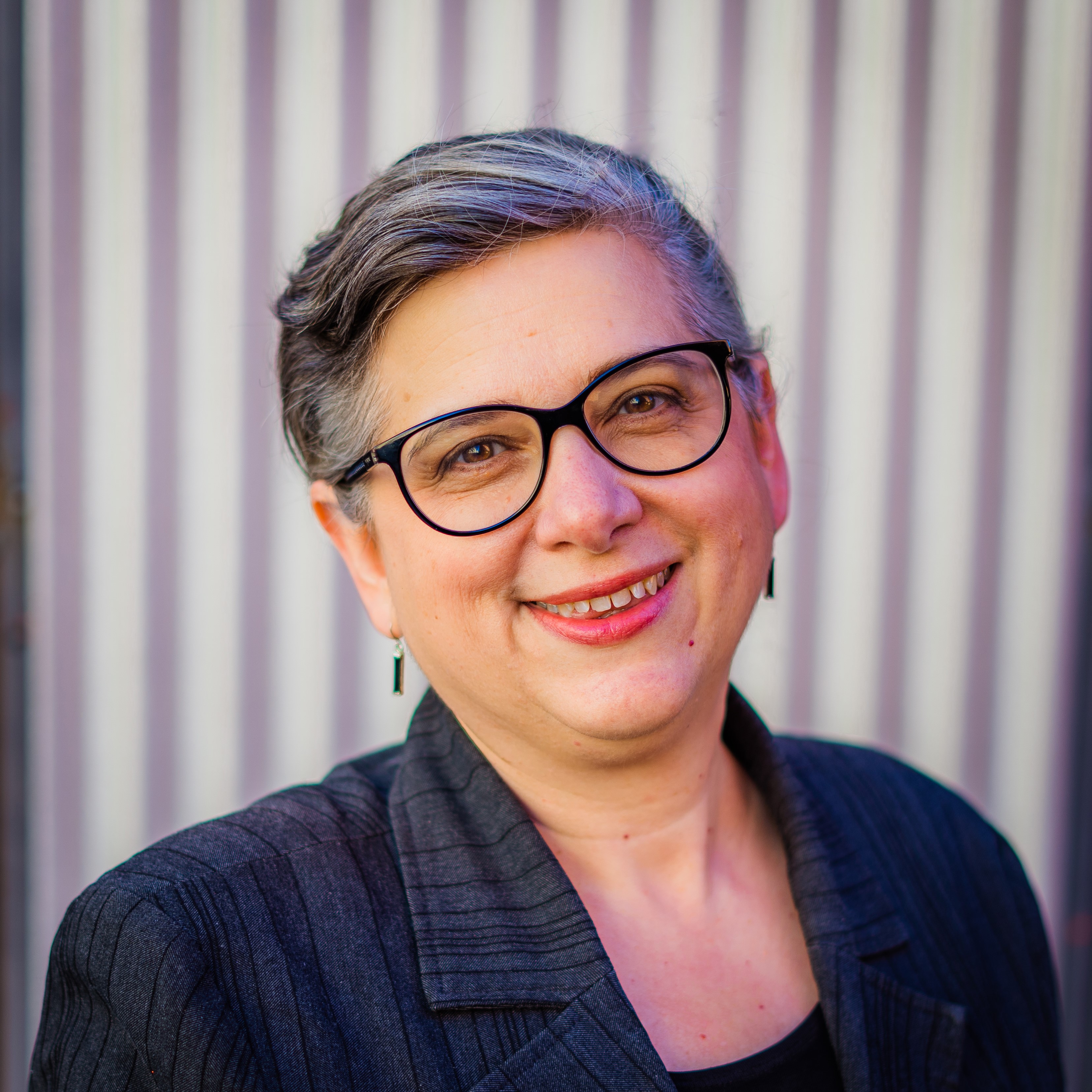
What is intercultural competence?
That’s a question Darla Deardorff, executive director of the Association of International Education Administrators, has been exploring for the past decade. It’s not a question with an easy answer, but during a virtual talk recently, Deardorff shared that it does have a clear and common goal: to bridge the gaps and divides that are growing within societies across the world.
“There’s so much that is happening, certainly in the last two years, that we’ve all lived through, all the conflict and war that is happening around the world,” said Deardorff.
That’s why she believes intercultural competence is needed now more than ever.
“There’s a need to build relationships, to ensure that we demonstrate respect, that people are being seen, heard, and appreciated. Intercultural competence is one way to do that,” she said.
The talk, titled the Intercultural Competence Imperative, is the first in a new initiative from the School of Literatures, Cultures & Linguistics, which was created with support from the Presidential Initiative: Expanding the Impact of the Arts and Humanities. It’s called the Intercultural Competence Initiative, and its goal is to drive the systematic integration of intercultural competence across the Illinois curriculum and make it a distinguishing component of our academic culture.
If the term “intercultural competence” isn’t familiar to you, you may have heard it phrased differently. There are more than 30 names for the concept, often depending on discipline.
“Just as an example, in business, there’s a whole body of work around what’s called cultural intelligence. Healthcare often tends to use the term cultural competence, as does social work,” said Deardorff. “There’s also a term that’s been emerging the last several years, coming from within healthcare, but now moving out more broadly, called cultural humility. That’s more about how we approach others, recognizing that we don’t know all there is to know about others, and so we approach them with cultural humility.”
She said what’s important, though, is to understand what we mean by the terms we use. One way Deardorff has done that is by closely examining the word “competence.” Generally speaking, competence is defined as knowledge, skills, and attitudes.
“But I was curious to know what knowledge, what attitudes, what skills,” said Deardorff. “So what? What does that mean?”
Her search uncovered a lot of findings, but a few shone through her research.

“There were three key attitudes: that of respect, valuing each other as fellow humans; openness or open mindedness; and then this attitude of curiosity and discovery,” said Deardorff. “The knowledge areas that emerged had to do with cultural self-awareness, particularly as a starting point, but then the other pieces had to do with a little more culture-specific information and this deeper understanding and knowledge around culture. The skills are to listen, observe, and interpret, and then to be able to relate and evaluate and understand what to do with the knowledge once we have it.”
This all helps create what Deardorff calls the internal outcome: what we’re hoping to get out of an exchange. She said empathy is one part of that.
“Oftentimes, when we want to try to understand others, we end up seeing it through our own lens, but if we really want to understand how others see the world, we need to be able to see it through their lens, as well,” she said. “That can be really tough to do because we’re so influenced by all of the experiences and knowledge coming from our own backgrounds.”
“It’s a little bit like an analogy,” she continued. “Imagine that we were all born with sunglasses. That’s just the way it is. There were blue sunglass people, and there were yellow sunglass people, and the blue sunglass people really wanted to try to understand and empathize with the yellow sunglass people. So they put on a pair of those yellow sunglasses. What color do they see? They see green. So we’re still seeing the world through our own lens. [Still], that doesn’t mean we should stop trying to see how others view the world.”
This all comes down to what Deardorff describes as the desired external outcome: behaving and communicating effectively and appropriately.
“If you want a short definition of intercultural competence, it’s this,” said Deardorff. “The effectiveness has to do with whether we’ve each met our goals or not, but the appropriateness is really where the competence part comes in. Did we meet [our goals] appropriately or not? It’s very much about our interactions with others.”
Deardorff covered a lot of ground in a short amount of time, including strategies and key questions to consider, specifically in a higher-education setting, but she said in the end, it’s about looking at intercultural competence as a lifelong journey, not a destination.
“This is a lifetime commitment,” she said. “It’s about every day, thinking about how we can live an intercultural lifestyle, to go toward that which we don’t know, to be willing to stay with it in the long-term, to work through it, to understand that at the end of the day, it’s about our shared humanity as fellow humans on this planet.”
She concluded her talk with a quote that she said continues to inspire her in her work:
“We must learn to live together as brothers or perish together as fools.” - Martin Luther King Jr.
Dania De La Hoya Rojas